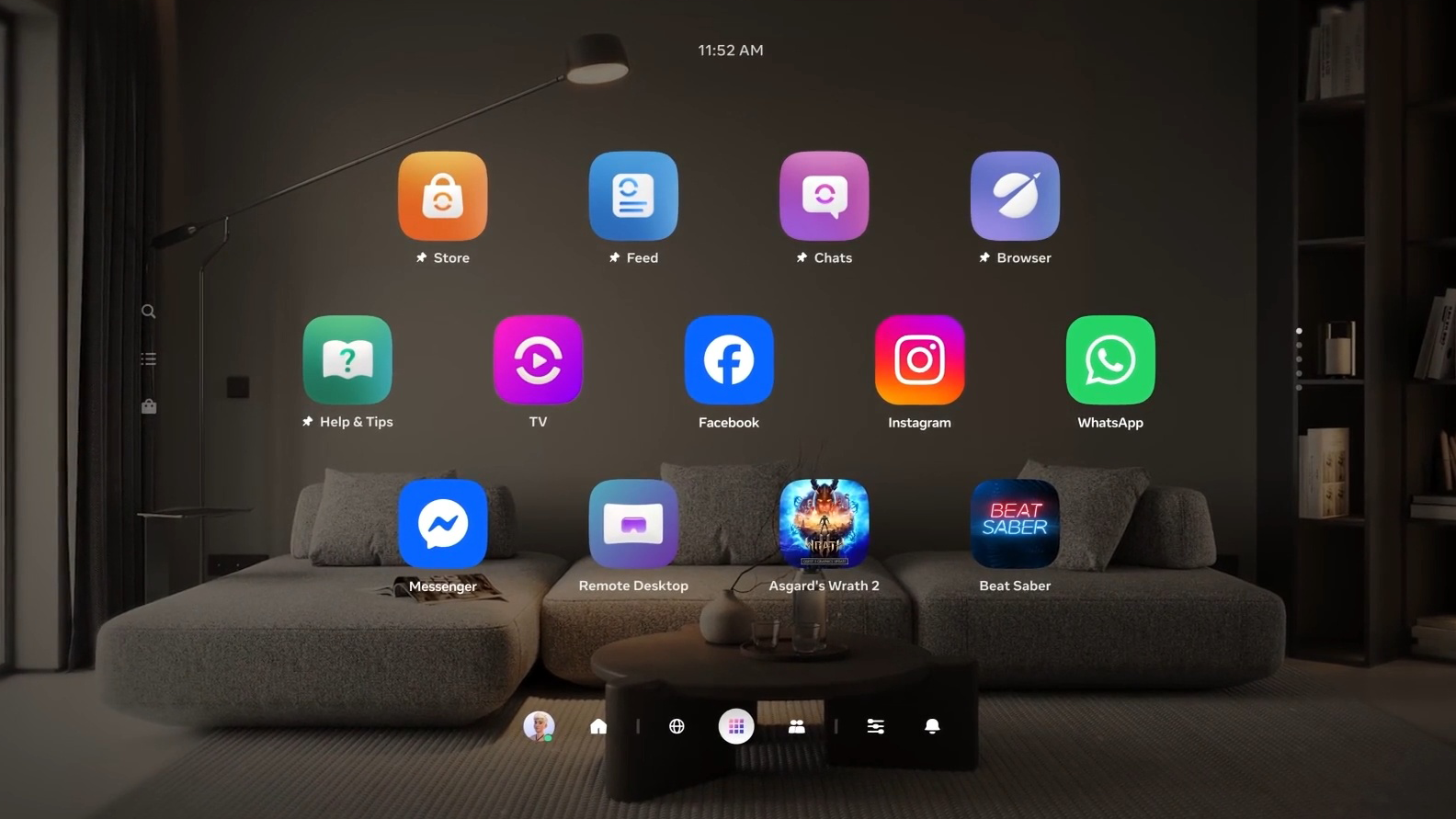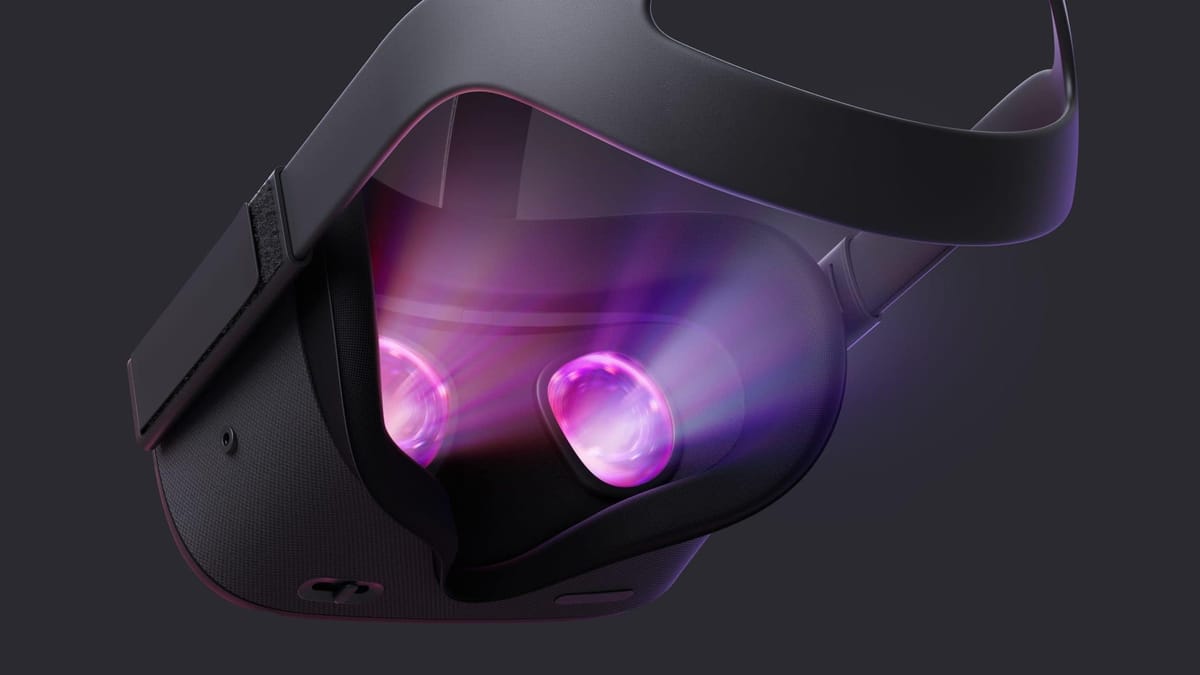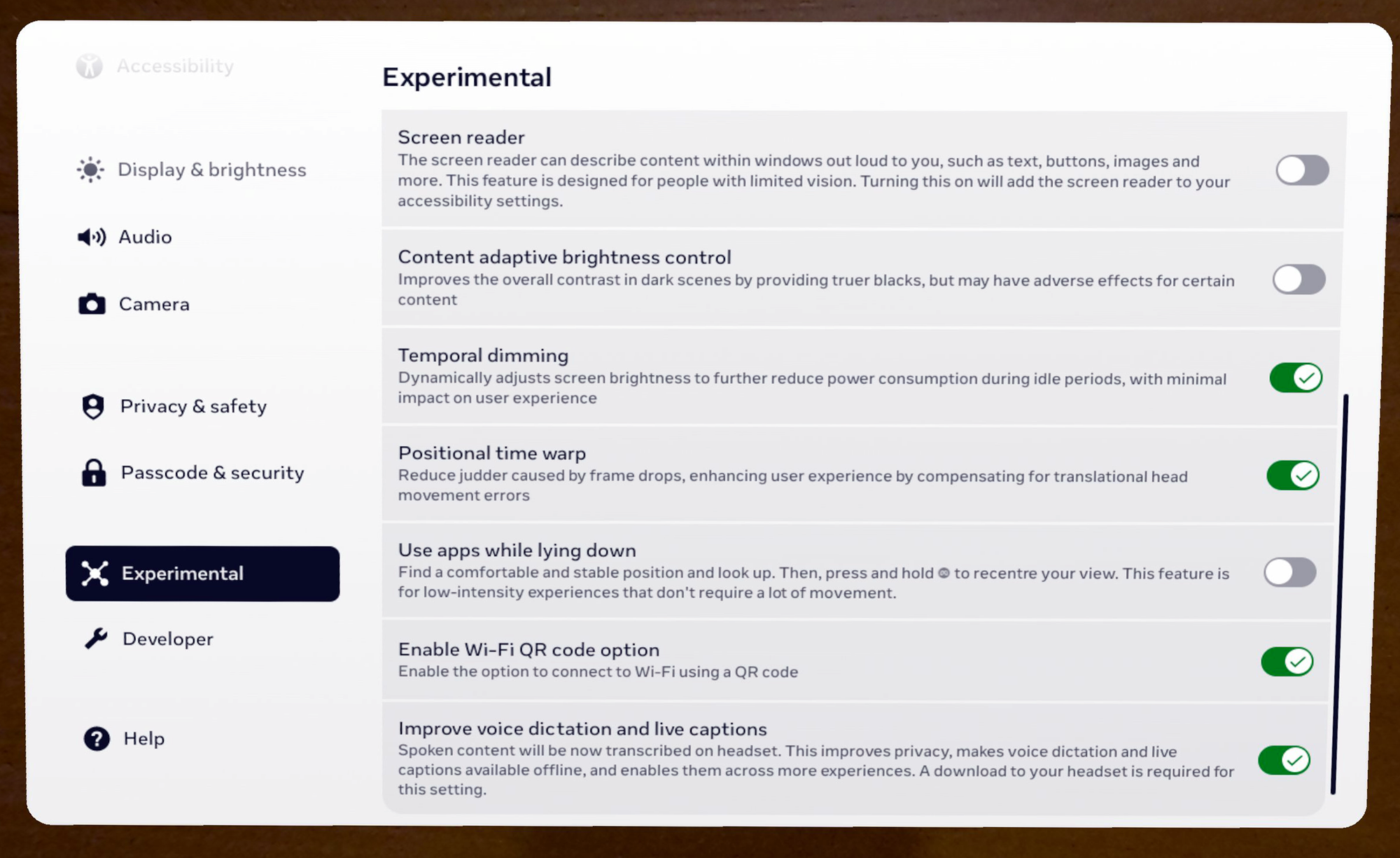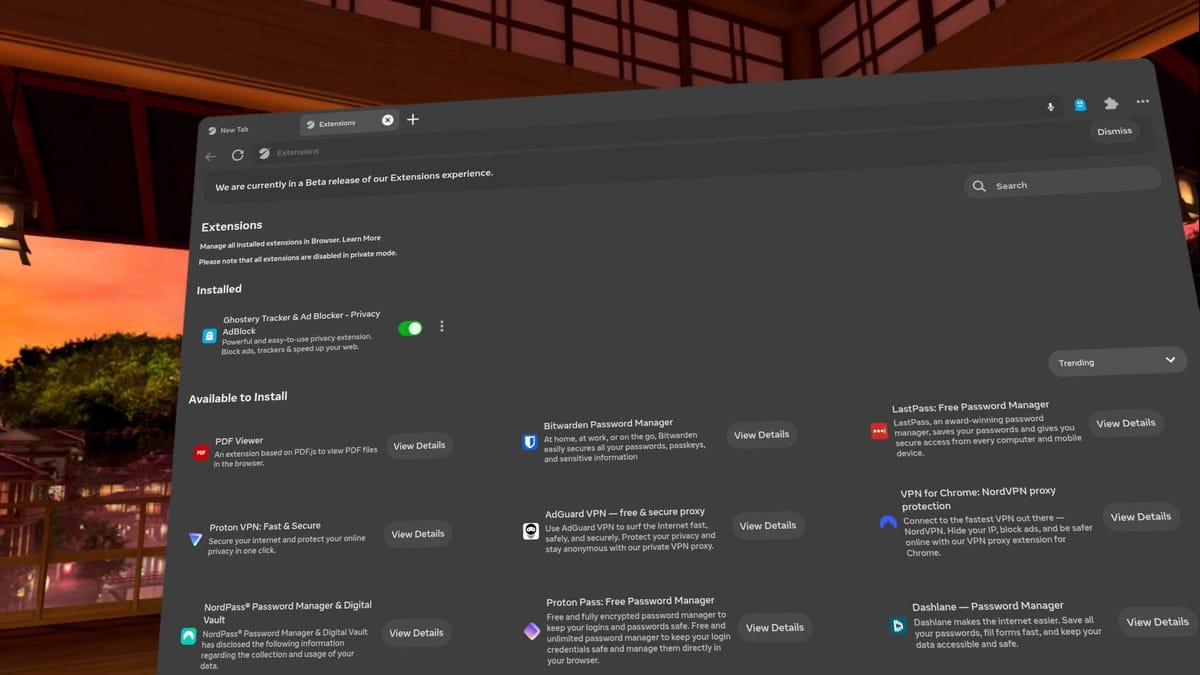
Simply the best earbuds on the market in 2025.
The post Apple Stuck With Too Many AirPods Pro 3, Now Selling Newest Earbuds at All-Time Low to Clear Stock appeared first on Kotaku.


Simply the best earbuds on the market in 2025.
The post Apple Stuck With Too Many AirPods Pro 3, Now Selling Newest Earbuds at All-Time Low to Clear Stock appeared first on Kotaku.

Cancels twice the noise and personalizes audio to your ears.
The post Amazon Goes Zero-Profit on AirPods Max, Price So Low It Makes You Forget Bose and Sony Exist appeared first on Kotaku.

Powers six cores efficiently, touches intuitively, stores everything on fast SSD.
The post HP Forgot How Math Works, 15.6″ 512GB Laptop Drops 72% From $2K to Almost Nothing appeared first on Kotaku.

Our favorite smart bulbs on the market.
The post Philips Skipped Profit on Hue Smart Bulbs, 3-Pack Color Lights Now Cost What Basic Bulbs Do appeared first on Kotaku.

Empties itself for 75 days, maps with LiDAR precision, vacuums in organized rows.
The post Amazon Quietly Dumps Thousands of iRobot Vacuums, Roomba 105 Now Going for All-Time Low appeared first on Kotaku.

The best OLED TV you can get is now a lot more affordable.
The post Samsung 65″ OLED S90F TV Hits All-Time Low, 2025 Model Now Cheaper Than Last Year’s Version appeared first on Kotaku.
Letting people teleport into your home via Horizon Hyperscape feels like magic, though the scans are lower quality than the old cloud-streamed solo system.
If you missed it, last week Meta started rolling out an overhaul of its Horizon Hyperscape technology, letting you share new captures as unlisted Horizon Worlds and invite people to visit them as Meta Avatars.
These Hyperscape worlds are also rendered on-device on Quest 3 and Quest 3S, in contrast to the cloud-streamed approach previously used for Hyperscape. Up to 8 people can be in a single instance, and the system also includes support for mobile users via the Meta Horizon app.
 UploadVRDavid Heaney
UploadVRDavid Heaney
After receiving the update on his Quest 3, UploadVR’s Kyle Riesenbeck rescanned the downstairs living, dining, and kitchen area of his home. A few hours later, it was ready, and so he invited me over to visit.
Appearing as a Meta Avatar, Kyle gave me a guided tour of this huge section of his home, pointing out the details the capture kept, as well as the ones it doesn’t quite resolve.
Compared to the previous cloud-rendered solo Hyperscape system, there’s a clear drop in quality. For starters, the rendering resolution is lower, with visible pixelation and aliasing for anything relatively far away. As well as this, the Gaussian splat density appears to be lower, blurring some of the finer details captured by the previous implementation of Hyperscape. And despite these regressions, the performance was not solid, with the frame rate dropping when a large enough section of the scan was in my field of view.
Still, these complaints aside, I still had a feeling of being in Kyle’s home, and could still see relatively minute details like the place names on the badges and pins he and his wife had pinned to a board after their travels. Further, it’s amazing that this experience is even possible at all on an affordable mobile chipset from 2023, and we’re due an XR2 Gen 3 next year that should make the experience a lot sharper and smoother.
If you own a Quest 3 or Quest 3S, or have the Meta Horizon app on your phone, and want to visit Kyle’s home too, here’s the link: Kyle’s Home on Meta Horizon Worlds. Let us know what you think of it!
After visiting Kyle’s home, I also scanned the living room and kitchen area of the apartment I live in, and found the resemblance to be remarkable. In fact, visiting it in VR while in my office induced such a strong feeling of presence that I tried to walk through my virtual kitchen, and thus bumped straight into my office wall. As someone who has been using positionally-tracked VR for well over a decade, I thought the days of mistaking the virtual for real like this were far behind me. But I was wrong. And it’s a testament to just how realistic Hyperscape scans can feel, especially for places you’re familiar with in reality, even in this lower quality on-device version.
Meta says it’s still “rolling out” the Hyperscape sharing and social update, and keep in mind that any scans you make before your headset gets it won’t be able to be shared or visited. Once you do get the update though, be sure to give it a try, as the ability to scan, share, and co-inhabit realistic reconstructions of real-world spaces with headsets that go on sale for as little as $200 is a truly remarkable technological achievement.

The most popular LEGO Set for year’s end.
The post LEGO Goes Full Liquidation on Santa’s Sleigh Set, Now Selling at Zero Profit to Clear Before Christmas appeared first on Kotaku.

Work and play comfortably for long hours.
The post Razer Ergonomic Gaming Chair Just Hit a Black Friday Record Low, Not Even Prime Day Went This Low appeared first on Kotaku.
Smash Eat Grow, a free-to-play VR multiplayer playground where you eat opponents to win, enters early access today on Quest.
Originally announced in September, Smash Eat Grow is a family-friendly title by XR Games (BEATABLE) and Obstinate where you play as hungry alien creatures called Smashers causing havoc across a fully destructible Earth. Eating objects lets you grow larger, and you’ll eventually grow big enough to consume your rivals to become the biggest player on the map.
0:00
Completing matches earns BUX, which can be used to unlock new cosmetics and enter tournaments. As for its early access roadmap, both developers previously advised there’s an ongoing roadmap to further expand Smash Eat Grow that includes additional maps, game modes, Smashers, powers, and customizations.
Elaborating further in a new statement, Storm Griffith, Obstinate’s CEO and founder, advised a holiday update is in the works. This upcoming update promises new Smasher abilities, further cosmetic customizations, more biomes, and private friend lobbies. An exact release date is currently unconfirmed, though we know it’s launching in December.
Smash Eat Grow is out now in early access on the wider Meta Quest platform.

It’s all about what makes you happy
The post The Perfect Thanksgiving Plate? appeared first on Kotaku.

Save a whopping $350 on this premium gaming laptop before it vanishes.
The post Alienware 16 Aurora Gaming Laptop Was Pricier Than a MacBook Air at Launch, Now Black Friday Makes It Even Cheaper Than One appeared first on Kotaku.

Our favorite laptop in 2025.
The post Apple Sends Millions of MacBook Air to Amazon for Black Friday, M4 Model at Zero-Profit Pricing Defies Logic appeared first on Kotaku.
Quest’s Horizon OS v83 brings System Positional TimeWarp (SysPTW) and Temporal Dimming as experimental features, as well as improved scene understanding.
A test version of v83 started rolling out to the Horizon OS Public Test Channel (PTC) last month, testing these features and the evolved ‘Navigator’ system UI, which remains experimental. Now, a month later, a stable build of v83 is rolling out to all supported Quest headsets.
 UploadVRDavid Heaney
UploadVRDavid Heaney
Meta’s rollouts happen gradually, so it may take a few days or even weeks for your headset to get the v83 update. Further, Meta rolls out some features separately from the main update itself, so even having the v83 update doesn’t guarantee having everything listed here yet.
Read on for a rundown of the key changes Horizon OS v83 brings compared to v81, the previous stable release:
Just before displaying every frame, all major XR operating systems rotationally reproject (warp/skew) it to match the tiny change in orientation of your head since the frame started rendering.
This is done to eliminate the latency you’d otherwise perceive as you pan your head. And when the running app fails to complete rendering a new frame in time for the next display refresh, the previous frame gets rotationally reprojected further instead of just repeating it. This avoids rotational judder, which is sickening in VR.
With Horizon OS v83, Meta has added an experimental setting called System Positional TimeWarp (SysPTW). When enabled, it applies to all apps at all times, extending the system-level reprojection to be positional, not just rotational.
 UploadVRDavid Heaney
UploadVRDavid Heaney
According to Meta, SysPTW “uses real-time scene depth to reduce visual judder and lag when apps drop frames”.
“This feature automatically activates when needed and works across all apps, with no impact on regular performance”, Meta claims.
Apps that use Application SpaceWarp (AppSW), the SDK feature developers can enable for their apps to run at half framerate by generating every other frame synthetically, already leverage Positional TimeWarp, so AppSW games won’t see any changes here.
For apps that don’t use AppSW, enabling SysPTW should both reduce positional latency and significantly dampen the positional judder you normally experience when a game drops a frame.
Back in v69, Meta added an experimental option called Content Adaptive Brightness Control (CABC) for Quest 3 headsets, which dynamically dims the backlight of the LCD displays in darker scenes to achieve deeper blacks that are closer to true black than the murky grey typically delivered by LCD.
Now, in v83, Meta has added a second but distinct experimental option called Temporal Dimming for Quest 3 and Quest 3S.
“This feature gradually dims your display brightness during each session, helping reduce eye strain, extend device battery life, and improve display performance—all without noticeable impact on your experience”, Meta explains.

Meanwhile, the description of the setting in Horizon OS reads “Dynamically adjusts screen brightness to further reduce power consumption during idle periods, with minimum impact on user experience”.
While CABC is very noticeable, with the screen brightness visibly adjusting, from briefly testing Temporal Dimming, it seems to be a far more subtle effect, with brightness seemingly changing over a greater time period.
We’ll keep an eye on whether Meta moves Temporal Dimming out of Experimental in future releases, something it hasn’t yet done for CABC. Meta may even make it the default eventually, with the aim of getting the most out of its plain LCD displays.
Quest 3 and Quest 3S create a 3D mesh of your room during mixed reality Space Setup. Since launch, Meta’s system has been able to infer the positions of your main walls, floor, and ceiling from this 3D mesh, and since v64 it has also generated labeled bounding boxes for doors, windows, beds, tables, sofas, storage (cabinets, shelves, etc.), and screens (TVs and monitors).
Quest developers can access these bounding boxes using Meta’s Scene API and use them to automatically place virtual content. For example, they could place a tabletop gameboard on the largest table in the room, replace your windows with portals, or depict your TV in a fully VR game so you don’t punch it.

Now, with Horizon OS v83, Meta says Space Setup will also incorporate “more complex architectural elements like multi-height floors, slanted ceilings, and inner walls”.
Apple Vision Pro added support for slanted surfaces in visionOS 2 last year.
A significant drawback of Meta’s Horizon OS compared to Apple’s visionOS and Google’s Android XR is that its default web browser isn’t available on traditional device platforms. On Samsung Galaxy XR you’ll have access to all your Chrome passwords and bookmarks, and on Apple Vision Pro you’ll get the same for Safari – but the Horizon OS browser is only available on Quest.
The Horizon OS browser does have LastPass, and Meta is gradually rolling out Bitwarden, NordPass, Proton Pass, and Dashlane to it too, but switching to a supported password manager is a big ask for your VR headset.
 UploadVRDavid Heaney
UploadVRDavid Heaney
Now, with Horizon OS v83, Meta says you can log into “certain websites” via your phone by sending a link to the Meta Horizon smartphone app.
Currently supported websites include “Roblox and Tiktok”, Meta says, without disclosing exactly how other web developers can implement this, or whether it’s based on a web standard.
![]()
Days before the actual Black Friday, the price of this top-tier 41mm Android smartwatch is lower than ever, just $350 while supplies last.
The post Google Breaks Its Own Pricing Logic as Pixel Watch 4 (2025) Drops to an All-Time Low Despite Being Its Latest Smartwatch appeared first on Kotaku.
Starvault, a competitive 5v5 VR shooter with MOBA elements, enters full release today on Quest.
Previously available in early access, Starvault by Theia Games is a first-person team-based game that aims to mix gameplay mechanics from hero shooters and MOBAs (multiplayer online battle arenas). Set in a sci-fi fantasy universe, this takes place across 5v5 battles where you pick one of 12 champions with varying weapons, abilities, and playstyles.
Set across large battlefields, this involves pushing through enemy lanes as you capture vision obelisks to gain map control before eventually taking down the opposing team’s Energy Core. Defeating enemies and clearing camps awards experience points and credits, which can then be used for unlocking abilities or buying artifacts.
Regarding what’s new with the Version 1.0 launch, Theia Games didn’t elaborate on specifics before today’s launch. The studio confirmed that it’ll remain free-to-play with the full release, and it’s getting a “full Battle Pass system” with more cosmetics. Promised improvements were also mentioned for stability, progression, and “overall gameplay feel.”
We had positive impressions when the open beta originally launched, believing Theia Games was “taking steps in the right direction to find its audience.” We criticized its lack of a memorable soundtrack, and though we’ve yet to see if that’s been addressed with the full release, we considered Starvault to be a “valiant effort” making effective use of VR.
Starvault enters full release today on the wider Meta Quest platform, while a PC VR release is also planned in Q1 2026.
 UploadVRLuis Aviles
UploadVRLuis Aviles

Also: just how badly did Bloodlines 2 bomb?
The post Mario Is The New Mickey As He Opens Macy’s Thanksgiving Day Parade appeared first on Kotaku.

KAMRUI Essenx E2 Mini PC hits its lowest price ever on Amazon.
The post Amazon Slashes Mini PC to a Black Friday Low, Cheap Enough for Mac Mini Users to Run as a Windows Backup Box appeared first on Kotaku.

Outputs 2,000 watts continuously.
The post Anker Goes Zero-Margin on Solix 2000W Power Station, Game Over for EcoFlow and Jackery appeared first on Kotaku.

Make your workspace cleaner, plus more efficient.
The post Anker Prioritizes Sell-Through Over Profit as the 14-Port Prime Docking Station Hits Its Lowest Price appeared first on Kotaku.